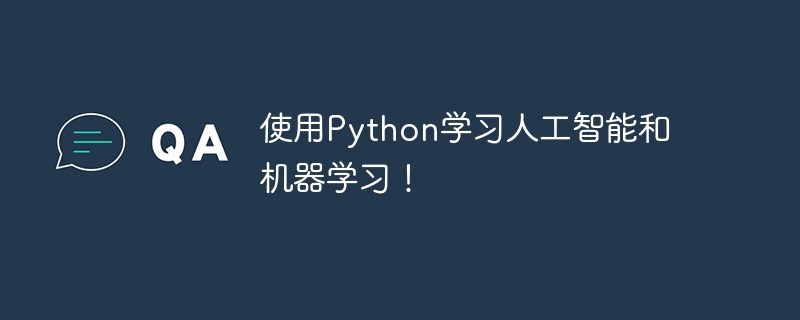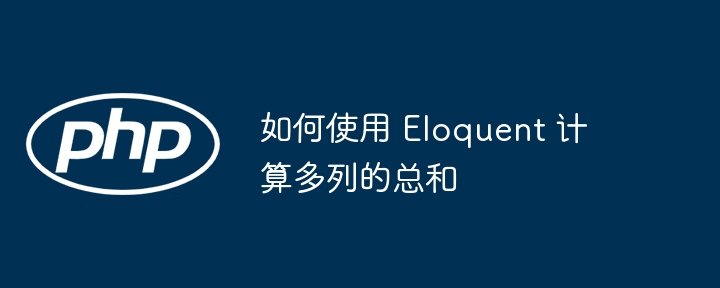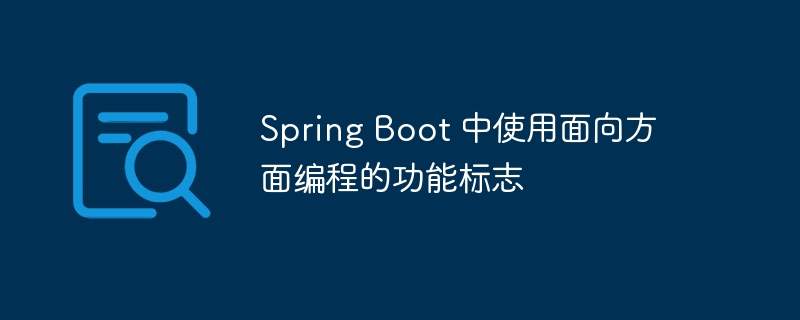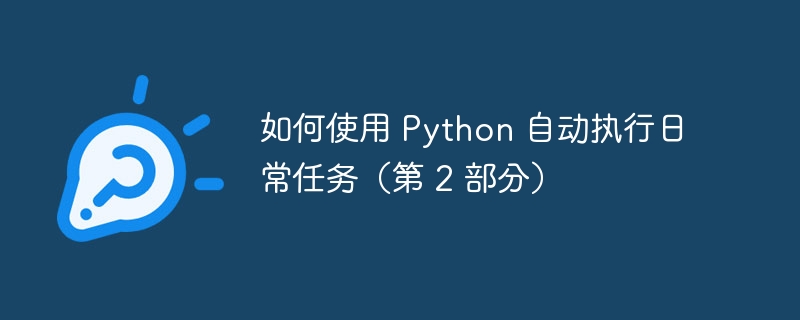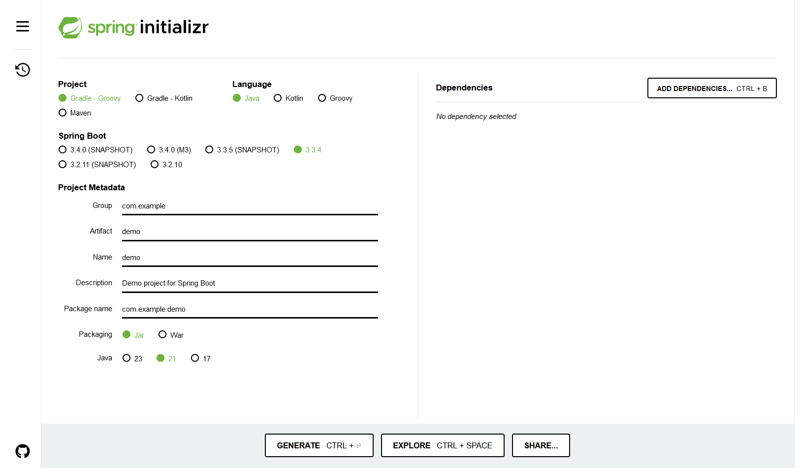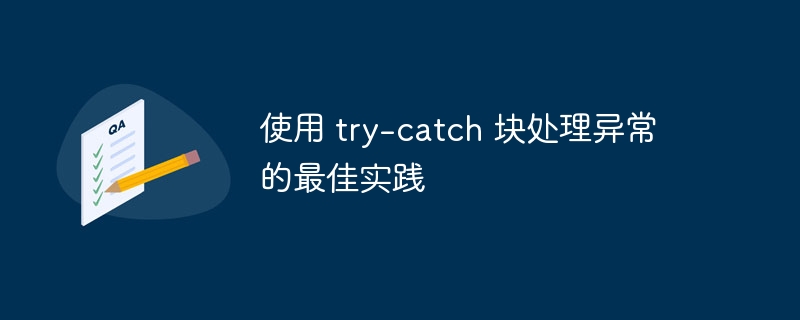
1。捕获特定异常
始终首先捕获最具体的异常。这有助于识别确切的问题并进行适当的处理。
try {
// code that may throw an exception
} catch (filenotfoundexception e) {
// handle filenotfoundexception
} catch (ioexception e) {
// handle other ioexceptions
}
2。避免空的 catch 块
空的 catch 块会隐藏错误并使调试变得困难。始终记录异常或采取一些操作。
try {
// code that may throw an exception
} catch (ioexception e) {
e.printstacktrace(); // log the exception
}
3。使用 final 块进行清理
finally 块用于执行重要的代码,例如关闭资源,无论是否抛出异常。
bufferedreader reader = null;
try {
reader = new bufferedreader(new filereader("file.txt"));
// read file
} catch (ioexception e) {
e.printstacktrace();
} finally {
if (reader != null) {
try {
reader.close();
} catch (ioexception e) {
e.printstacktrace();
}
}
}
4。不要抓住可抛出的
避免捕获 throwable,因为它包含不应该捕获的错误,例如 outofmemoryerror。
try {
// code that may throw an exception
} catch (exception e) {
e.printstacktrace(); // catch only exceptions
}
5。正确记录异常
使用 log4j 或 slf4j 等日志框架来记录异常,而不是使用 system.out.println。
private static final logger logger = loggerfactory.getlogger(myclass.class);
try {
// code that may throw an exception
} catch (ioexception e) {
logger.error("an error occurred", e);
}
6。必要时重新抛出异常
有时,最好在记录异常或执行某些操作后重新抛出异常。
try {
// code that may throw an exception
} catch (ioexception e) {
logger.error("an error occurred", e);
throw e; // rethrow the exception
}
7。使用 multi-catch 块
在 java 7 及更高版本中,您可以在单个 catch 块中捕获多个异常。
try {
// code that may throw an exception
} catch (ioexception | sqlexception e) {
e.printstacktrace(); // handle both ioexception and sqlexception
}
8。避免过度使用控制流异常
异常不应用于常规控制流。它们适用于特殊条件。
// Avoid this
try {
int value = Integer.parseInt("abc");
} catch (NumberFormatException e) {
// Handle exception
}
// Prefer this
if (isNumeric("abc")) {
int value = Integer.parseInt("abc");
}
以上就是使用 try-catch 块处理异常的最佳实践的详细内容,更多请关注php中文网其它相关文章!
版权声明:本文内容由网友自发贡献,版权归原作者所有,本站不承担相应法律责任。如您发现有涉嫌抄袭侵权的内容,请联系 yyfuon@163.com

